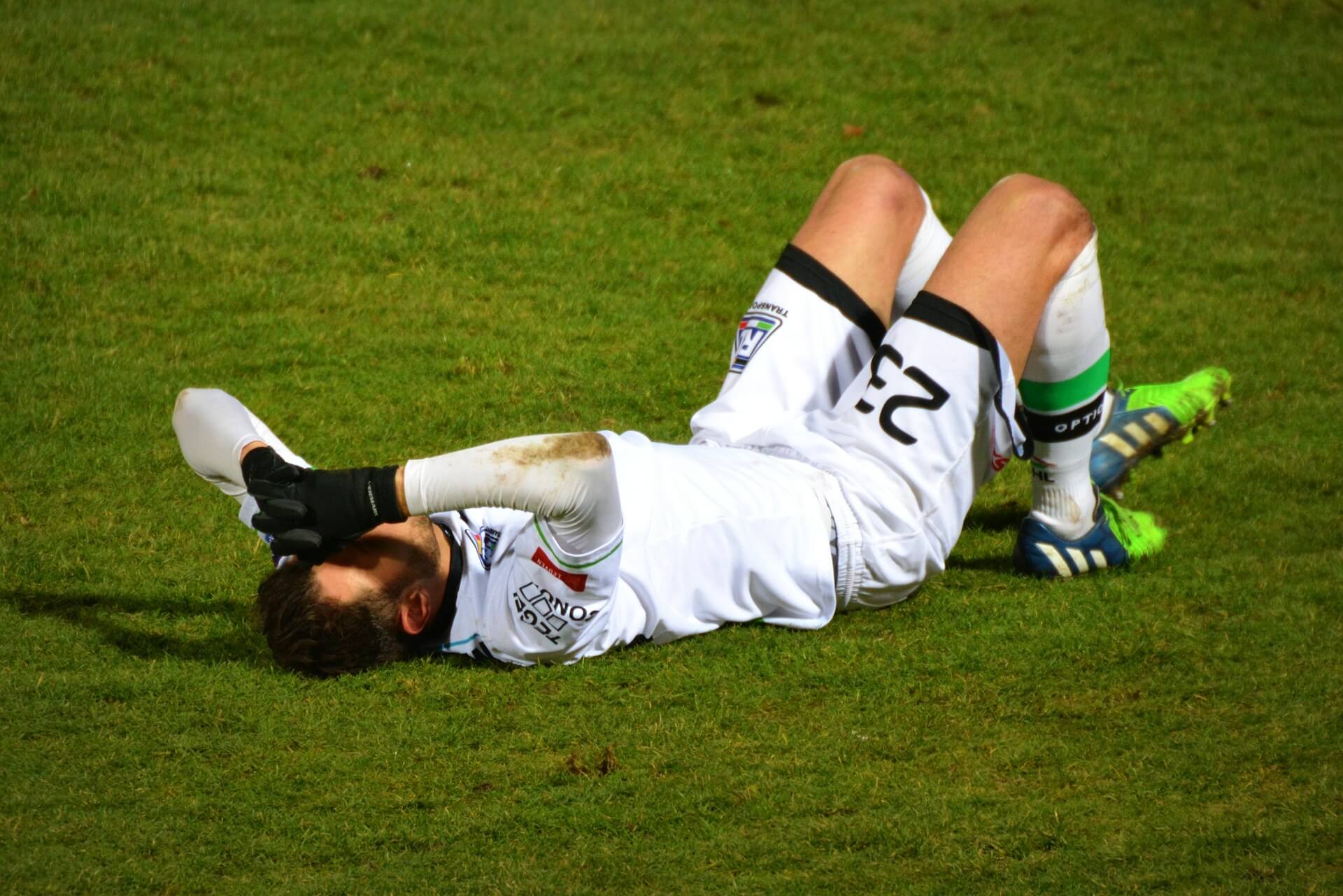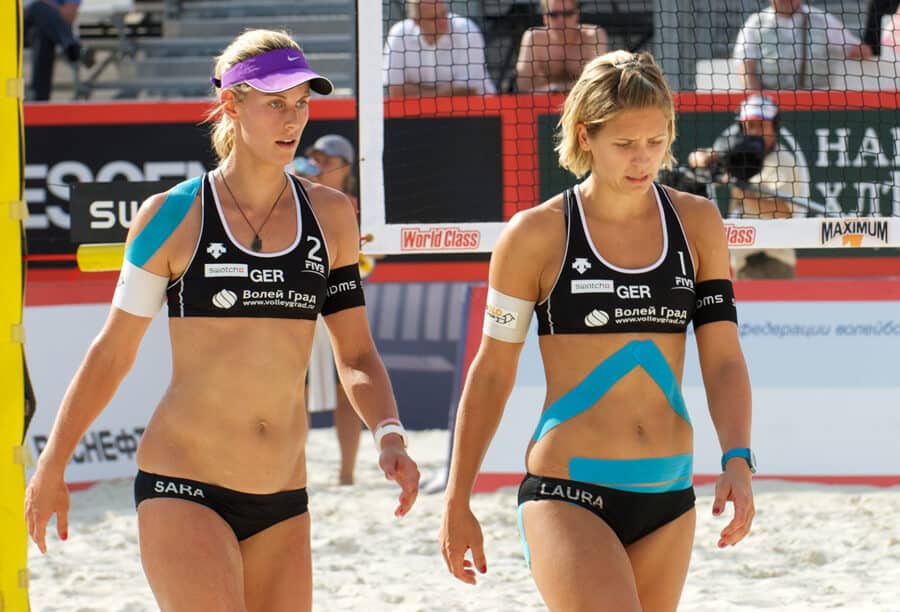Sports Physical Therapy: 5 Important Differences From Regular Physiotherapy
In this article, we look at various aspects of sports physical therapy including its history, the scope of injuries and treatments that it covers and how it differs from regular or mainstream physiotherapy.
Sports physical therapy is one of the largest specialty areas of physiotherapy and,as such, is an area that attracts a significant amount of interest from those contemplating entry into the physiotherapy profession. We will begin by tracing the history of sports physical therapy as a sub species of physical therapy over the past 50 years.
In the following section, we will look at the types of injuries treated by a specialist in the field of sports physical therapy. We then conclude by listing 5 important ways in which the sports physiotherapy field differs from mainstream physiotherapy.
It is our hope that this article will prove useful to those trying to decide whether to specialize in sports physiotherapy or, alternatively, to stick to the more traditional areas of physiotherapy practice.
An Overview Of The Development Of Sports Physical Therapy Over The Past 50 Years

Over the past five decades, the field of sports physical therapy has experienced remarkable growth and has emerged as a distinct sub-specialty within the broader field of physiotherapy. This growth can be attributed to various factors, including advancements in medical knowledge, increasing recognition of the importance of rehabilitation in sports injury management, and a growing demand for specialized care in the athletic population.
In the early years, physiotherapy primarily focused on providing general rehabilitation services to patients suffering from musculoskeletal injuries. Physical therapists would treat individuals from all walks of life, including athletes, using similar techniques and approaches. However, as research and understanding of sports-related injuries improved, it became clear that athletes required a more targeted and specific form of rehabilitation to ensure optimal recovery and performance.
As sports participation gained popularity and professional sports organizations expanded, the need for sports-specific rehabilitation services became apparent. Physical therapists began tailoring their treatment approaches to cater to the unique demands of athletes, taking into account factors such as the athlete’s sport, position, level of competition, and specific injury patterns commonly seen in their respective sports.
Additionally, advancements in diagnostic tools, such as imaging technologies and biomechanical analysis, contributed significantly to the growth of sports physical therapy. These tools allowed therapists to accurately assess the extent of tissue damage, identify biomechanical deficiencies, and design personalized treatment plans targeted at addressing athletes’ specific needs.
Another significant driver of growth in sports physical therapy has been the increasing recognition of the role of prevention in sports injury management. Physical therapists shifted their focus from solely treating injuries to developing proactive strategies aimed at reducing the likelihood of injuries occurring in the first place. This proactive approach involved pre-season screenings, biomechanical assessments, and tailored training programs to enhance an athlete’s performance while minimizing the risk of injury.
Furthermore, sports physical therapy has benefited from increased collaboration with other medical professionals, including orthopedic surgeons and sports medicine physicians. This interdisciplinary approach has allowed for a more comprehensive and integrated approach to sports injury management, ensuring that athletes receive the highest quality of care throughout their rehabilitation journey.
In conclusion, sports physical therapy has grown significantly over the past 50 years, evolving into a specialized sub-species of physiotherapy. Advancements in medical knowledge, an increased understanding of sports-related injuries, a focus on prevention, and interdisciplinary collaboration have all contributed to the growth and recognition of sports physical therapy as an essential component of healthcare for athletes.
What Types Of Injuries Are Treated By Sports Physical Therapy Practitioners?
A sports physical therapy practitioner is responsible for treating a variety of injuries related to sports and physical activities. They employ specialized techniques to aid in the recovery and rehabilitation of athletes and individuals engaging in sports-related activities. Some of the types of injuries commonly treated by these practitioners include:
- Sprains and strains: Sports physical therapists help individuals recover from sprained ligaments or strained muscles, commonly caused by rapid and forceful movements during athletic activities.
- Fractures and dislocations: These practitioners assist patients in regaining mobility and strength after suffering from broken bones or joint dislocations resulting from sports accidents or high-impact collisions.
- Tendon and muscle tears: Sports physical therapy practitioners design tailored rehabilitation programs for individuals experiencing tendon or muscle tears, which often occur due to sudden, excessive exertion or trauma during sports activities.
- Overuse injuries: Repetitive or excessive stress on specific body parts often leads to overuse injuries like tendinitis, stress fractures, or bursitis. Sports physical therapists work on reducing pain, promoting healing, and preventing future occurrences of these conditions.
- Joint and spine injuries: Athletes frequently encounter joint injuries such as sprained ankles, dislocated shoulders or knee ligament tears. Additionally, spine injuries, including herniated discs or compressed nerves, may also be addressed by these practitioners using targeted therapeutic interventions.
- Postoperative rehabilitation: After surgical procedures, sports physical therapy practitioners help patients restore their strength, range of motion, and functionality. They guide individuals through exercises and movements that promote healing and aid in a successful recovery.
- Concussion management: Sports-related concussions require specialized attention, and sports physical therapists play a crucial role in the assessment, treatment, and gradual return-to-play process for athletes who have sustained head injuries.
- Strains and imbalances: Sports activities often create muscular strains or imbalances due to the repetitive use of certain muscle groups. Sports physical therapy practitioners address these imbalances and develop personalized treatment plans to improve strength, flexibility, and overall performance.
- Rehabilitation for sports-specific skills: These practitioners also assist athletes in rehabilitating sports-specific skills, such as throwing, running, jumping, or kicking, to regain technique, accuracy, and power following an injury or extended time away from the sport.
- Prevention and performance enhancement: Beyond injury treatment, sports physical therapy practitioners focus on preventing injuries and enhancing sports performance. They incorporate exercises, conditioning programs, and educational techniques to minimize the risk of future injuries and optimize an individual’s athletic abilities.
Overall, sports physical therapy practitioners play a vital role in diagnosing, treating, and rehabilitating a wide range of injuries, supporting athletes along their journey to recovery and facilitating their safe return to sports and physical activities.
5 Differences Between Sports Physical Therapy & Mainstream Physiotherapy
In this section, we identify 5 key areas in which sports physiotherapy diverges from mainstream physiotherapy. A thorough understanding of these differences is key to understanding which of these areas is a better “fit” for your individual strengths, interests and skills.

- Treatment focus: Sports physical therapy is specifically tailored towards athletes and individuals involved in sports-related activities. It focuses on diagnosing, preventing, and rehabilitating sport-related injuries. Mainstream physiotherapy, on the other hand, caters to a broader range of conditions and injuries that are not limited to sports-related activities.
- Specialized techniques: Sports physical therapy employs specialized techniques that are designed to enhance athletic performance, such as sports-specific exercises, functional training, and performance evaluation. Mainstream physiotherapy, on the other hand, uses a wider range of techniques that encompass manual therapy, electrical stimulation, and modalities to address various patient needs.
- Injury prevention emphasis: Sports physical therapy places a strong emphasis on injury prevention, working closely with athletes to develop personalized exercise programs and techniques to reduce the risk of future injuries. Mainstream physiotherapy also pays attention to injury prevention but may focus more on overall mobility, flexibility, and strength restoration.
- Athlete-specific knowledge: Sports physical therapists possess extensive knowledge of sports mechanics, sports-specific movements, and the demands placed on athletes’ bodies. They understand the nuances of different sports and can tailor rehabilitation programs accordingly. Mainstream physiotherapists have a broader understanding of general human anatomy and physiology.
- Return to sports timeline: Sports physical therapy aims to expedite the recovery process and facilitate a safe return to sports activities as soon as possible. The therapy timeline often revolves around the athlete’s upcoming events or competitions, which demands tailored and efficient treatment plans. Mainstream physiotherapy may have more flexibility in terms of recovery timelines and focuses on restoring everyday functions rather than sports-specific requirements.
Conclusion
In this article, we have explored the differences between mainstream physiotherapy and one of its most important sub specialty areas – sports physical therapy. It is our hope that this information will be a valuable tool in deciding which of these areas of physiotherapy is best for an aspiring practitioner in the field.
Please remember to leave any questions and comments in the space provided below.







